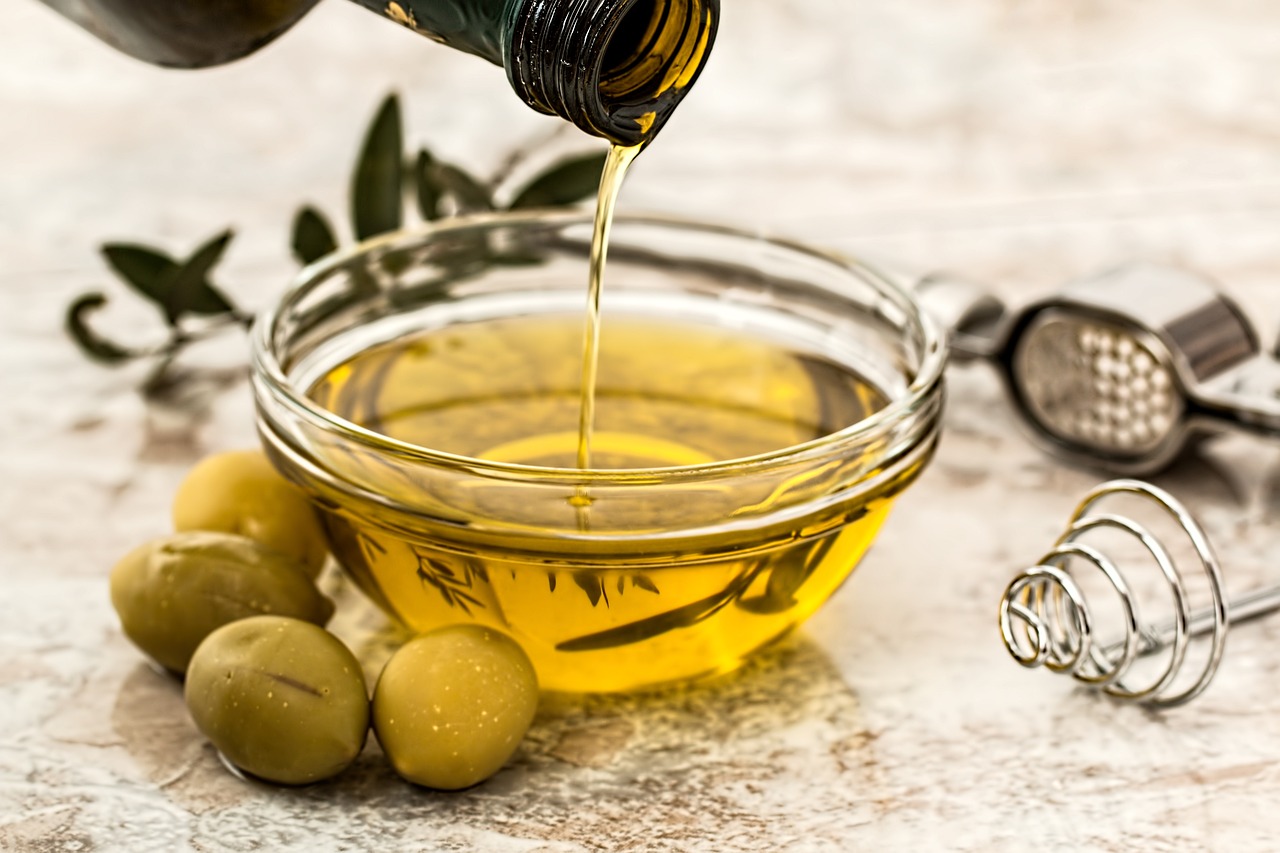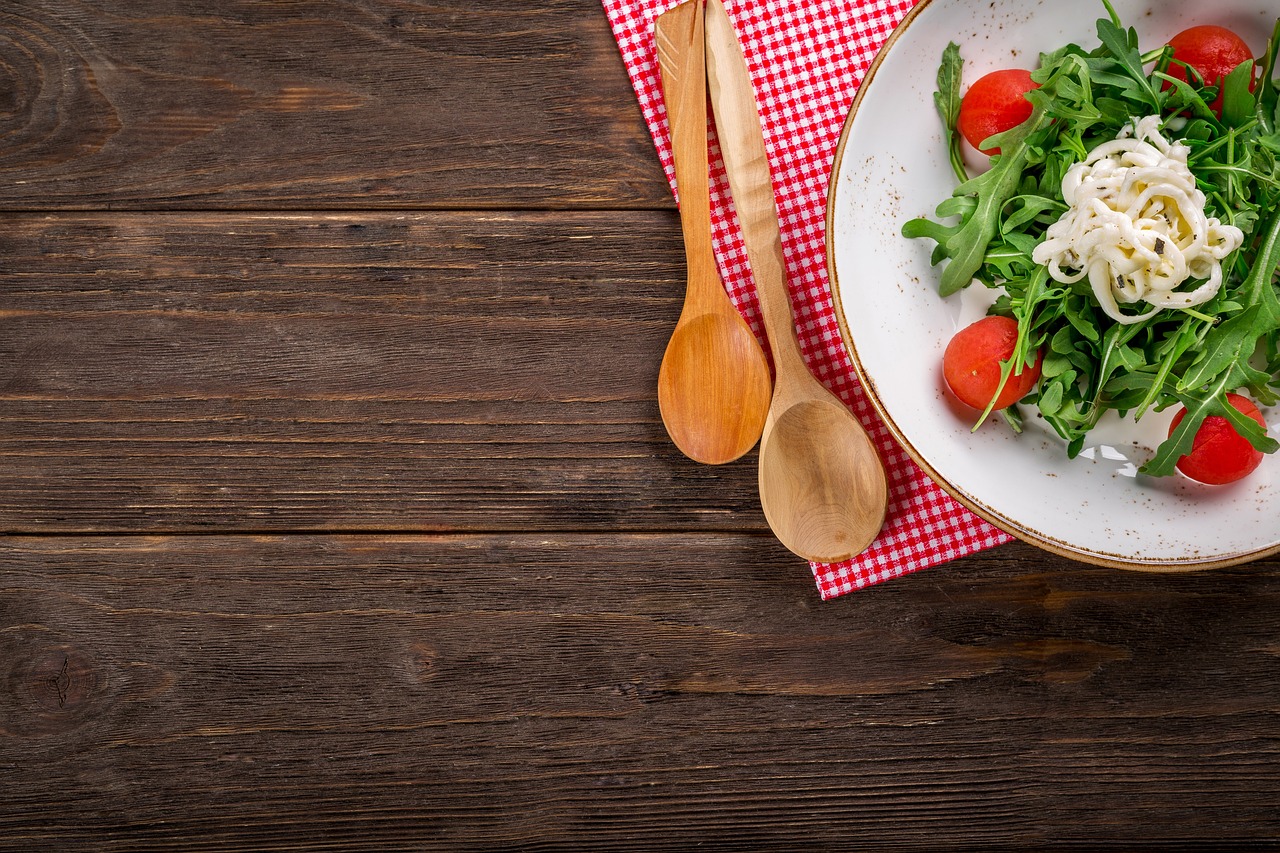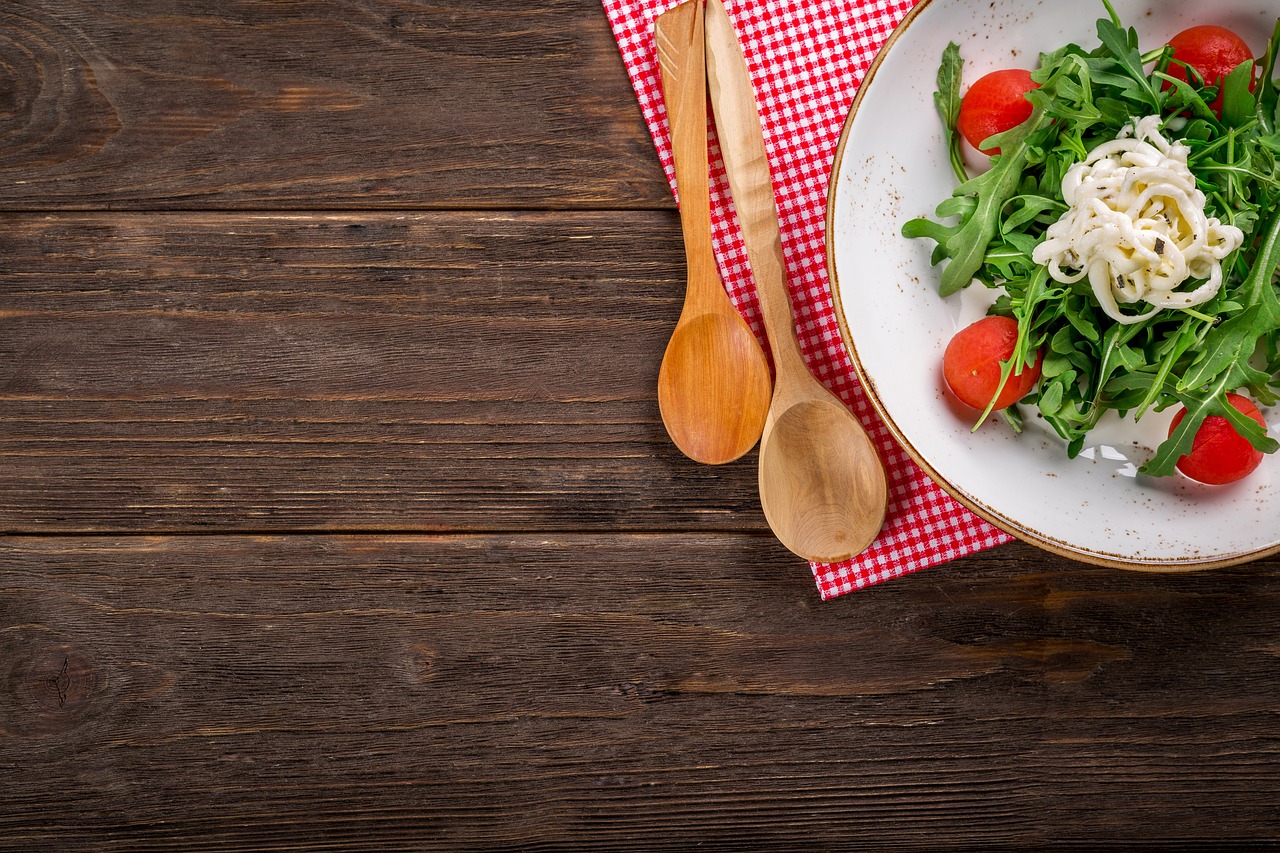When it comes to feeding your little ones, you want nothing but the best. That’s why homemade baby food is the way to go! In this article, we’ll explore the world of nutritious meals for your little bundle of joy. Say goodbye to store-bought jars and hello to delicious, homemade goodness. With our helpful tips, tantalizing recipes, and expert advice, you’ll be able to whip up mouthwatering meals that are sure to please even the pickiest eaters. Get ready to embark on a culinary adventure that will not only nourish your baby’s growing body but also introduce them to a world of flavors. Let’s dive in!

Benefits of Homemade Baby Food
Making your own baby food at home offers numerous benefits for both you and your little one. When you prepare your baby’s meals yourself, you have complete control over the ingredients used, ensuring that only the freshest and highest quality foods are included. This allows you to prioritize organic and locally sourced produce, giving your baby the best start in their culinary journey.
One of the major advantages of homemade baby food is the cost-effectiveness. Store-bought baby food can be expensive, and preparing your own meals can save you a significant amount of money in the long run. By purchasing fresh produce in bulk and freezing homemade baby food in small portions, you can easily plan ahead and save on your grocery bills.
Another advantage is that homemade baby food is free from additives or preservatives. Many commercial baby foods contain artificial ingredients, added sugars, and sodium, which are unnecessary and potentially harmful to your baby’s health. By making your own baby food, you can avoid these additives and ensure that your baby consumes only natural and wholesome ingredients.
Furthermore, preparing homemade baby food introduces your little one to a variety of different flavors and textures. This early exposure can help develop their palate and expand their taste preferences from an early age. By incorporating a wide range of fruits, vegetables, and proteins into their meals, you can lay a strong foundation for a lifetime of healthy eating habits.
Essential Equipment for Making Homemade Baby Food
To successfully make homemade baby food, there are a few essential pieces of equipment you will need. Firstly, a blender or food processor is crucial for pureeing or blending the ingredients into a smooth and safe consistency for your baby. This will help ensure that the food is easily digestible and safe for their delicate digestive system.
A steamer or boiling pot is also essential for cooking the fruits, vegetables, and other ingredients until they are soft and suitable for pureeing. Steaming is a preferred method as it preserves the nutrients and flavors of the ingredients.
Investing in ice cube trays or storage containers is a practical choice for portioning and freezing homemade baby food. Freezing in small portions allows you to take out only what you need, reducing food waste while maintaining the freshness and quality of the meals.
Using BPA-free containers or pouches is important to ensure that harmful chemicals do not leach into the food. BPA (Bisphenol A) is a chemical commonly found in plastic containers and can have adverse effects on health, particularly for babies and young children.
Lastly, having freezer bags or labels for storage will help you organize and keep track of the different meals and their preparation dates. Clear labels with contents and dates ensure that you can easily identify and use the oldest meals first.

Preparation Tips for Homemade Baby Food
Preparing homemade baby food can be a simple and straightforward process when you follow these tips. Start by washing and peeling the fruits and vegetables that you plan to use. This helps remove any potential bacteria or pesticides present on the produce, ensuring that the food is safe and clean for your baby.
Next, steam or boil the food until it becomes soft and easy to puree. Cooking times may vary depending on the ingredient, so make sure to check that each item is cooked thoroughly before proceeding to the next step.
Once the food is cooked, transfer it to a blender or food processor and blend until smooth. Adjust the consistency by adding breast milk or formula as needed. This will give the puree a creamy and suitable texture for your baby. Ensure that the temperature of the food is appropriate for your baby’s sensitive palate. It should be lukewarm or at room temperature to avoid any discomfort or burns.
Homemade Baby Food Recipes: Introduction to Solids
When it comes to introducing your baby to solids, there are various recipes you can try. Start with simple first foods that are easy to digest, such as pureed sweet potatoes or mashed bananas. These gentle and nutritious options lay the foundation for your baby to explore new flavors.
As your baby becomes accustomed to single-ingredient purees, you can gradually introduce combinations of fruits and vegetables. For example, try blending apples or avocado to create a smooth and creamy texture. You can also experiment with blends like pear and spinach or blueberry and broccoli, exposing your baby to a range of tastes and nutrients.
Introducing simple protein sources is an important step in your baby’s diet. Pureed chicken or lentil puree are ideal options to provide them with the necessary protein for growth and development. Be mindful of any potential allergenic reactions and consult with your pediatrician before introducing these foods.

Homemade Baby Food Recipes: Transition to Finger Foods
As your baby grows older and develops their dexterity, they will be ready to explore self-feeding with finger foods. Soft and cooked fruits, such as baked apple slices, are excellent choices to start this transition. These can be easily grasped and enjoyed by your little one.
Soft and cooked vegetables, such as steamed carrot sticks, are also ideal for self-feeding. As your baby becomes more comfortable with different textures, they can begin to explore a wider variety of vegetables.
You can also try making homemade teething biscuits or crackers to satisfy your baby’s teething needs while introducing them to new flavors and textures. Opt for healthy recipes that use natural ingredients and whole grains to provide additional nutrients.
Healthy muffins or pancakes made with whole grains are another option for introducing finger foods. These can be packed with fruits or vegetables to add a nutritious twist, allowing your baby to practice their fine motor skills while enjoying delicious meals.
Introducing Allergenic Foods in Homemade Baby Food
When it comes to introducing allergenic foods, it is important to consult with your pediatrician. They can provide guidance and help determine the best timing and approach for your baby.
Gradual introduction is key when it comes to allergenic foods such as peanuts and eggs. Start with a small amount and monitor your baby for any allergic reactions. It is recommended to introduce one new food at a time, waiting a few days before introducing another allergenic food. This allows you to identify any potential allergies and take appropriate measures.
Creating a diverse and balanced diet for your baby is essential. As you introduce new foods, continue to offer a variety of fruits, vegetables, proteins, and grains. This helps to prevent any nutrient deficiencies and ensures that your baby receives a wide range of essential vitamins and minerals.
Storage and Safety Tips for Homemade Baby Food
Proper storage techniques are crucial to maintain the freshness and safety of homemade baby food. Freezing in small portions is recommended to easily defrost only what you need for each meal. This reduces the risk of food waste and ensures that each portion remains as fresh as possible.
Labeling containers with the date and contents is essential for organizing and keeping track of your baby’s meals. This allows you to use the oldest meals first and ensures that you are following the recommended time frames for using frozen baby food.
When handling homemade baby food, it is important to avoid cross-contamination. Use clean utensils and wash your hands thoroughly before preparing and serving the meals. This helps prevent the spread of harmful bacteria and keeps your baby safe.
Safe reheating practices should also be followed to ensure that the food is heated evenly and thoroughly, eliminating any potential bacteria. Thaw frozen baby food in the refrigerator or using the defrost function on your microwave, and always check the temperature before serving.
Introducing Spices and Herbs in Homemade Baby Food
Gradual introduction to mild spices and herbs can enhance the flavors of homemade baby food while promoting healthy eating habits. Start with gentle spices such as cinnamon or ginger, gradually increasing the amount as your baby becomes accustomed to different tastes.
It is important to avoid adding salt, sugar, and artificial additives to your baby’s meals. These ingredients are unnecessary for their developing taste buds and can potentially have a negative impact on their health. Focus on using natural herbs and spices to enhance the taste of the fruits, vegetables, and proteins in their meals.
Exploring different herbs and flavors can provide your baby with a diverse culinary experience from an early age. Consider adding herbs such as basil, thyme, or oregano to their meals, introducing them to new and exciting tastes. This exposure can help develop their palates and encourage a love for a wide variety of foods.
Tips for Picky Eaters and Texture Refusal
If your little one is a picky eater or refuses certain textures, don’t worry! There are strategies you can try to encourage them to try new foods and textures.
Offer a variety of textures, ranging from smooth purees to soft chunks. Some babies may prefer a certain texture over others, and by offering a variety, you can find what they enjoy the most.
Repeated exposure to new flavors and textures is key to overcoming picky eating habits. It can take multiple attempts for a baby to accept a new food, so be patient and consistent in your offerings.
Involving babies in meal preparation can make them more interested in trying new foods. Allow them to watch as you prepare their meals, encourage them to touch and explore new ingredients, and even let them help with simple tasks such as stirring or mashing foods.
Patience and persistence are essential when dealing with picky eaters. Don’t force your baby to eat foods they don’t like, but continue to offer a variety of options and encourage them to try new things at their own pace.
If you’re concerned about your baby’s eating habits or they consistently refuse certain textures, consulting with a pediatric feeding specialist can provide you with expert advice and guidance tailored to your baby’s needs.
Homemade Baby Food: Guidelines for Different Ages
As your baby grows, their nutritional needs change. Here are some general guidelines to keep in mind for different ages:
-
For infants around 4-6 months, purees and smooth textures are suitable. Start with single-ingredient purees and gradually introduce combinations of fruits and vegetables.
-
From 6-9 months, you can introduce more texture and offer small soft chunks. You can also begin introducing new food groups such as proteins and grains.
-
Around 9-12 months, your baby may be ready for mashed or finely chopped meals. You can increase portion sizes and offer a wider variety of foods to encourage healthy eating habits.
-
As your baby approaches their first birthday, they can gradually transition to family meals. Offer them smaller portions of what the rest of the family is enjoying and encourage self-feeding.
Always be attentive to your baby’s developmental milestones and consult with your pediatrician if you have any concerns about their eating habits or nutritional needs.
In conclusion, making homemade baby food can be a rewarding and beneficial experience for both you and your little one. The control over ingredients, freshness, and quality, cost-effectiveness, absence of additives or preservatives, and introduction to different flavors and textures are all compelling reasons to give it a try. With the right equipment, preparation tips, and delicious recipes, you can provide your baby with nutritious and enjoyable meals from their very first taste of solids.

